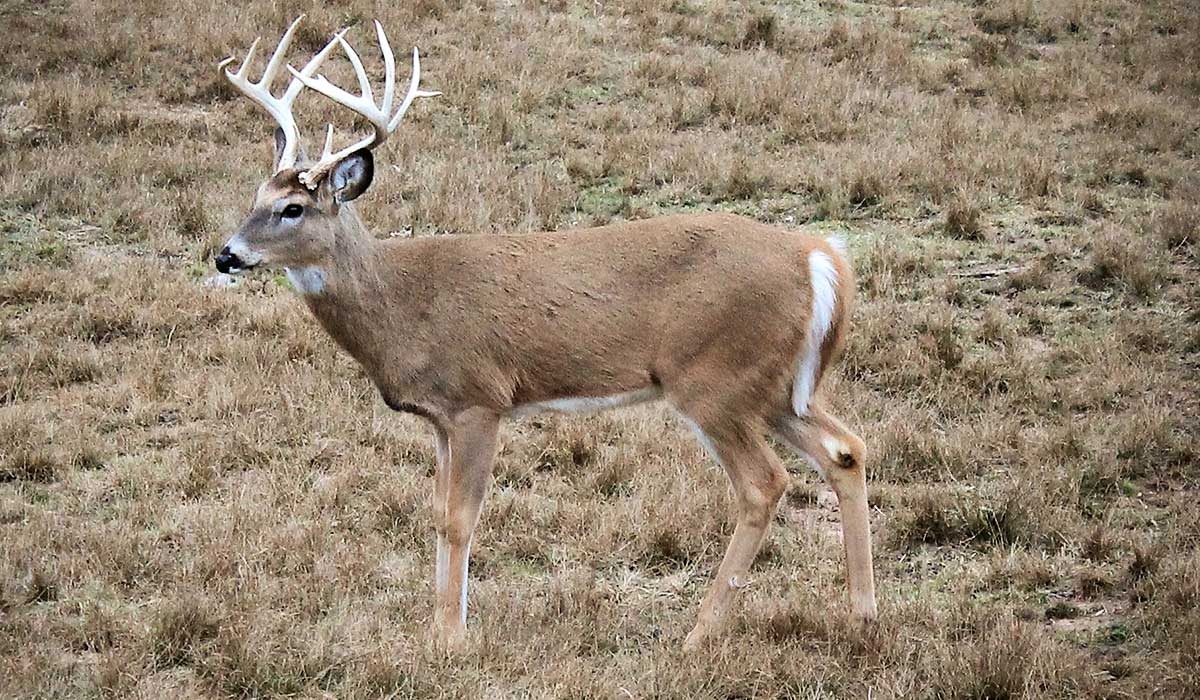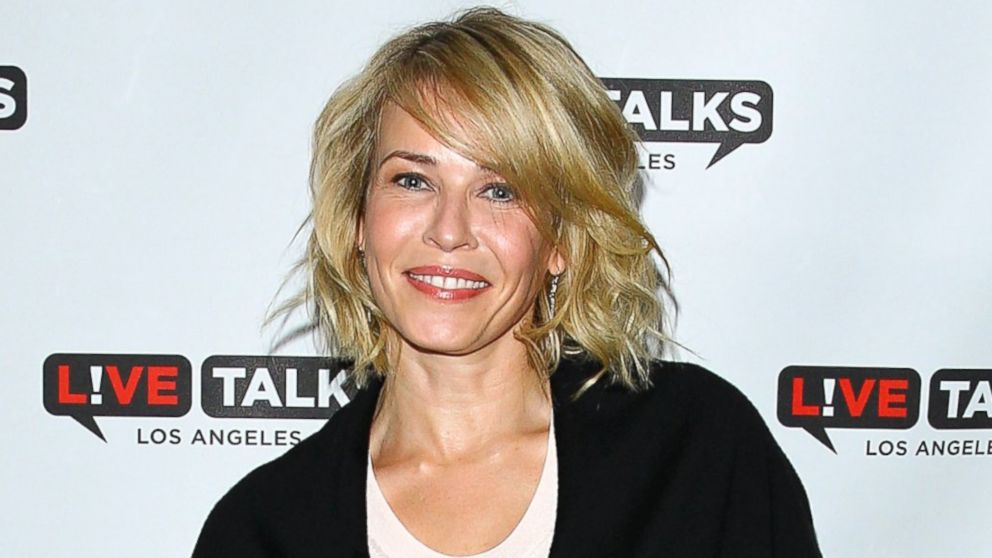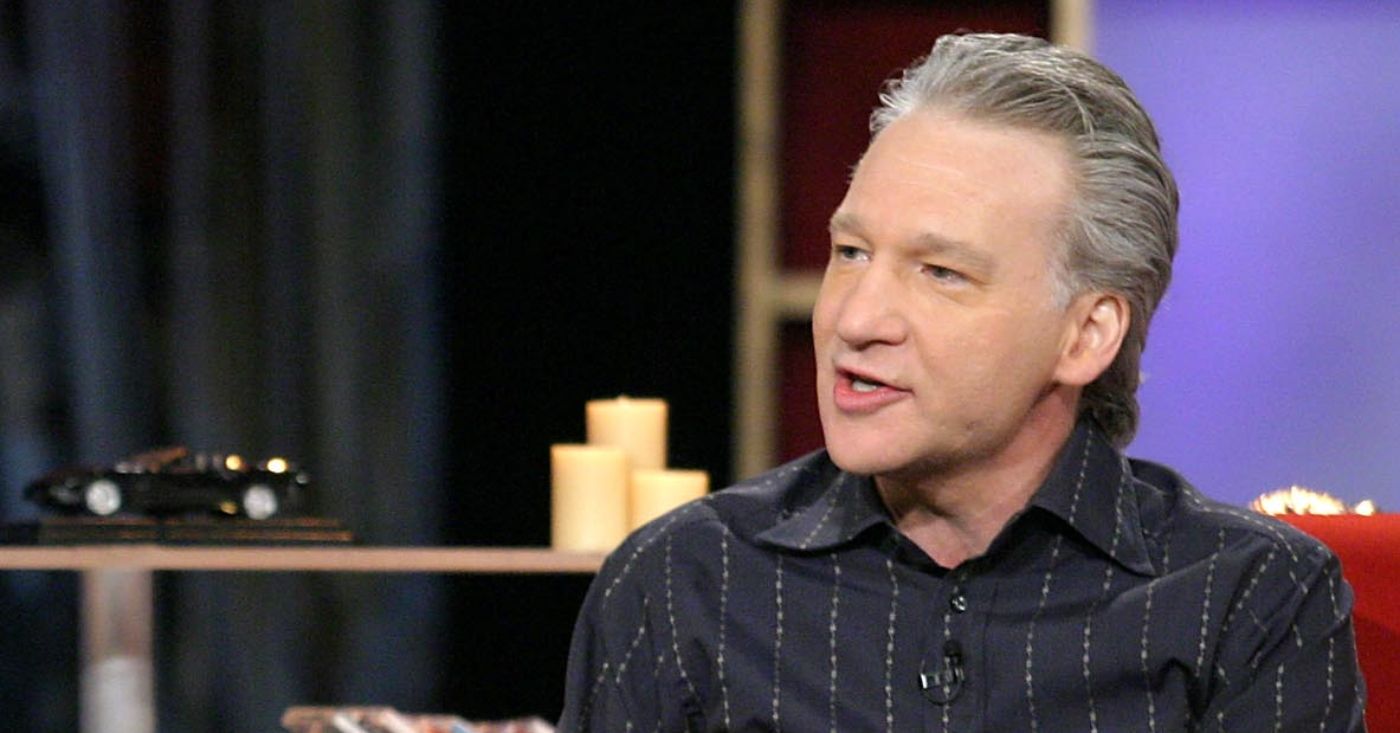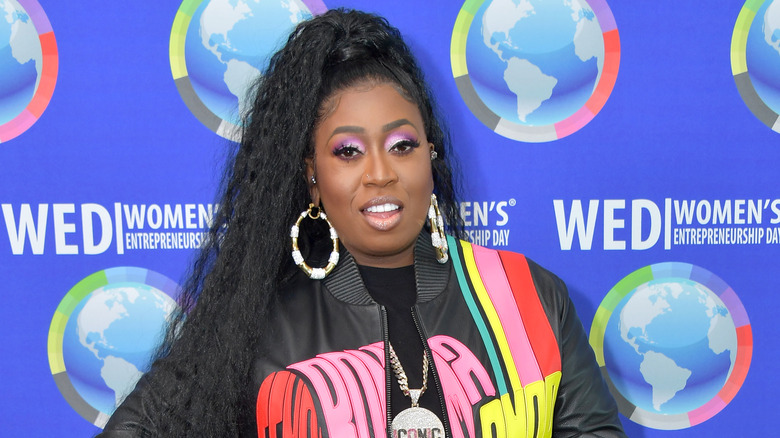Deer are an essential component of Georgia’s wildlife, with the white-tailed deer being the most prevalent species. Known for their adaptability to various environments, these animals thrive in Georgia’s diverse habitats, ranging from rural farmland to suburban landscapes. In this article, we will explore the daily life of a deer in Georgia, delving into how their surroundings influence their lifestyle, their eating habits, social structure, and their interactions with both natural predators and humans.
How Do Georgia’s Habitats Shape Deer Life?
Georgia’s diverse landscapes are critical in shaping the life of its deer population. From the dense hardwood forests of the North to the wetlands and farmlands of the South, deer in Georgia are highly adaptable and can be found in various ecosystems. The state’s abundant natural cover, including pine forests and thickets, offers deer plenty of shelter and protection from predators. These areas also provide abundant vegetation that supports their herbivorous diet.
During the warmer months, deer prefer forested areas and agricultural fields, where they can find both food and shelter. In suburban settings, deer often venture into gardens, parks, and golf courses, where ornamental plants and crops provide an easy food source. These interactions sometimes bring deer into closer contact with human populations, increasing the risk of conflicts, particularly during the fall and winter when food is scarcer.
What Do Deer in Georgia Eat Throughout the Year?
Deer are herbivores and have a varied diet that changes with the seasons and the availability of food. In Georgia, their feeding habits are influenced by both the natural vegetation and the human-altered landscape.
During the spring and summer months, deer focus on young, green vegetation such as grasses, wildflowers, and herbs, which are rich in protein and essential for fawn development. These months also see an increase in activity as deer are more likely to be seen foraging during dawn and dusk, avoiding the midday heat.
As autumn sets in, acorns from Georgia’s oak trees become a major food source. Acorns are high in calories and provide the necessary energy reserves for deer as they prepare for the coming winter. They also consume other mast crops such as hickory nuts and persimmons. In winter, when fresh green vegetation is limited, deer resort to feeding on twigs, bark, and evergreen shrubs to survive.
This seasonal shift in diet ensures that deer can adapt to fluctuating food availability, allowing them to thrive even in less favorable conditions.
How Do the Seasons Affect Deer Activity in Georgia?
The changing seasons in Georgia significantly impact deer behavior, influencing their movement patterns, activity levels, and social dynamics. Deer are most active at dawn and dusk, a behavior known as crepuscular activity, which helps them avoid both predators and the heat of the day.
During spring and summer, female deer (does) give birth to fawns, and their behavior is heavily centered around protecting their young. They often stay in areas with dense cover to shield their fawns from potential threats. This period is also marked by heightened vigilance as mothers monitor the movements of their young.
In the fall, as the rut (breeding season) begins, male deer (bucks) become more active and aggressive. Bucks roam widely in search of mates, leading to increased movement across territories. The rut is a time of intense competition among males, with bucks engaging in displays of dominance such as antler rubbing and scent-marking. This surge in activity often leads to increased deer movement on roads, raising the risk of vehicle collisions.
Winter sees a dramatic shift in deer behavior. Food becomes scarce, and deer become more lethargic, reducing their movement and conserving energy. To cope with the cold, deer may gather in small groups and seek shelter in dense thickets, reducing their exposure to harsh winds and cold temperatures.
What Social Structure Do Deer in Georgia Have?
The social structure of white-tailed deer in Georgia is primarily based on family groups. Does, along with their fawns and sometimes yearlings, form small family units, which provide protection and social learning opportunities for the young. These groups are led by an older doe, who has experience in survival tactics and finding food sources.
Bucks, in contrast, tend to be solitary animals outside of the breeding season. However, during the rut, the social dynamics shift as bucks compete for dominance. The competition often results in sparring matches where bucks use their antlers to engage in physical contests, with the winner gaining the right to mate with a doe. After the rut, bucks return to their solitary habits, focusing on foraging and avoiding unnecessary conflicts.
This social structure ensures that young deer are protected and taught survival skills while adults focus on mating and securing resources.
How Do Predators and Human Interactions Impact Deer?
While deer in Georgia have few natural predators, they do face threats from coyotes, bobcats, and in some regions, black bears. Fawns are especially vulnerable to predation, which is why mothers often hide them in secluded spots during the first few weeks of life. However, adult deer rely on their speed, agility, and sharp senses to avoid these predators.
Human activity is perhaps the most significant threat to deer in Georgia. The rapid expansion of urban areas, agriculture, and roadways has led to increased interactions between deer and people. Road accidents, particularly during the rut and winter months, are a major cause of deer fatalities. The increased movement of deer during these times often leads them to cross busy roads, resulting in collisions with vehicles.
Additionally, as suburban development encroaches on deer habitats, deer have adapted by feeding in gardens and parks. While this provides them with a steady food supply, it also leads to conflicts with residents, who may find their crops or ornamental plants damaged by the animals.
How Are Conservation Efforts Helping Deer Populations in Georgia?
Georgia’s Department of Natural Resources (DNR) plays a vital role in managing the state’s deer population. Regulated hunting is an important part of wildlife management, helping control deer numbers to prevent overpopulation, which could lead to habitat destruction and increased disease transmission. The DNR also conducts research and monitoring to ensure healthy deer populations and biodiversity.
Habitat management is another key aspect of Georgia’s conservation efforts. The DNR actively engages in controlled burns, reforestation projects, and other methods to improve the quality of habitats for deer and other wildlife. Public education campaigns about responsible human-deer interactions also help mitigate conflicts between deer and humans, particularly in suburban areas.
Conclusion: What Does the Future Hold for Georgia’s Deer?
As Georgia continues to develop and urbanize, balancing the needs of its growing human population with the health of its wildlife will be crucial. Deer are a resilient species, but their long-term survival will depend on continued habitat protection, responsible wildlife management, and reducing conflicts with humans. By understanding how habitat, behavior, and human interaction shape the lives of deer, we can work toward a future where both deer and people coexist harmoniously in the state’s diverse landscapes.










